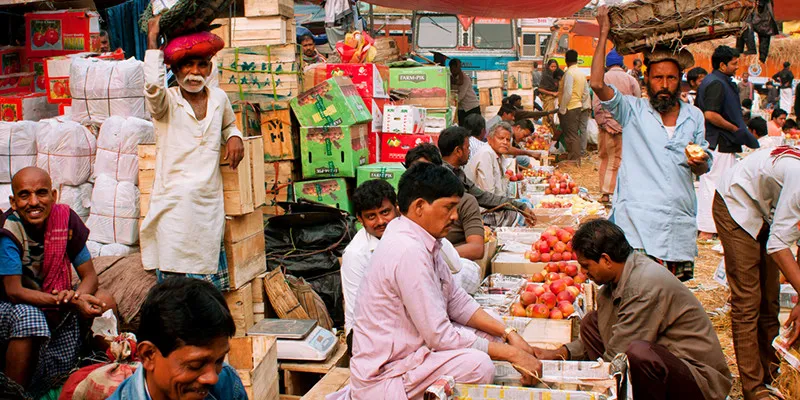Challenges and achievements: how the Indian startup ecosystem fared in 2017
With a young and inspired pool of entrepreneurs, the startup ecosystem in our country saw a 40 percent growth in the number of startups and incubators in 2016-17. An industry pioneer and a leader with more than 27 years of experience, B.V. Naidu shares his insights on the challenges and achievements of the Indian startup ecosystem in 2017.

India has been very active in creating a healthy startup ecosystem, and the growth in the number of startups is increasing year on year. In fact, it is among the top five startup communities in the world.
Seventy-two percent of the founders are less than 35 years old, which makes it an unprecedented pool of younger people. Even with the young entrepreneurs, India ranks in the top five nations solving social issues with innovative solutions.
Hence, looking at the external environment of the startups there have been a considerable number of pros than cons.
The huge growth of incubators and accelerators: India has the third highest number of startup incubators and accelerators in the world, after China and the US. The number of startups and incubators grew by 40 percent in 2016-17. Of these, 30 academic incubators were established under the government’s ‘Start-up India, Stand-up India’ initiative.

This will increase the nurturing of innovative ideas into sustainable business models.
The emergence of Tier-II and Tier-III cities: While metro cities like Bengaluru, Delhi NCR, Pune and Mumbai continue to lead the startup juggernaut, Tier-II cities too have not been far behind, thanks to availability of talent, State government initiatives, local investor confidence and infrastructure support. They are quickly becoming hubs of growth of key industries such as Logistics, Agri tech, Fintech and SaaS, giving access to more number of entrepreneurs, enabling micro-entrepreneurship in rural areas and leading to creation of more value.

Technology as a boon: As the innovations make customers lives easier, the advances in the technology (like artificial intelligence and machine learning, blockchain, storage and Computing as a Service and robotics) itself is making it easy for entrepreneurs to take a big leap in product development, leading to accelerated development cycles and better business opportunities to chase.

Increasing government support: The Indian government has floated at least 50+ sector-specific and sector-agnostic schemes for startups, which include Single Point Registration Scheme (SPRS), Bank Credit Facilitation Scheme, scale-up support to establishing incubation centres, Pradhan Mantri Mudra Yojana (PMMY) etc. They also recently amended the new General Financial Rules, where the government will give priority to products from Indian startups in official procurement. Some of these initiatives are a great boost to the startups, speeding up things for them.
Employee attrition: A worrisome problem is attrition. Earlier, larger corporations were the ones fighting this problem, where good talent were leaving the firms to chase their dreams of becoming an entrepreneur or working for a dream startup. But, now, the employability rating of the people working in startups has been found to be best suited in certain areas of management jobs in larger companies, which also can afford higher paying salaries.

Bootstrapping for longer: Due to the drying up of funds because of unrealistic valuations and many me-too companies from last year, startups were forced to bootstrap for longer, which has pushed them to put their expansion plans either on hold or deferred. The first six months of 2017 witnessed a lesser number of deals in the Indian tech startup ecosystem compared to previous two years. But is expected to be back on track of high investment rates (both in terms of number of deals and size of the deal), which will help the startups come out of the impedances.
Impact of GST on startups and other tax liabilities: Many startups have received tax notices due to the change in valuations during the period between 2014 and 2015. They want to treat funding received over and above the fair market value of a startup as its income and not capital. This has been forcing startups to pay more tax. Also, it is affirmative that GST has increased the ease of doing business and reduced the tax burden and logistics cost, but it has also raised other issues like input tax credit, reverse charge mechanism and is particularly harsh on certain sectors.

The Indian startup ecosystem has been maturing with a lot of virtue, to be more strong and valuable. Though entrepreneurs are passing through a phase mixed with both benefits and impedances from the external environment, they are producing unrivalled products and services for the market. This has been observed by the funds who will be keen to funds more startups in 2018. Continuing this way for another 3-4 years would definitely lead the Indian startup ecosystem to the apex of global innovations on all fronts.
(Disclaimer: The views and opinions expressed in this article are those of the author and do not necessarily reflect the views of YourStory.)







